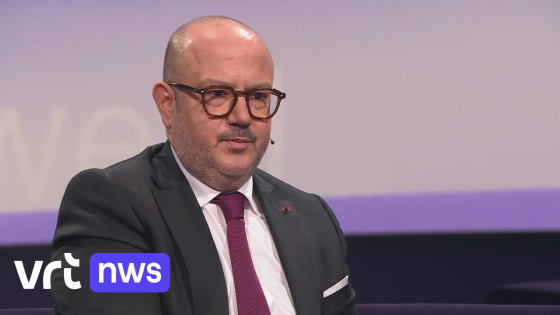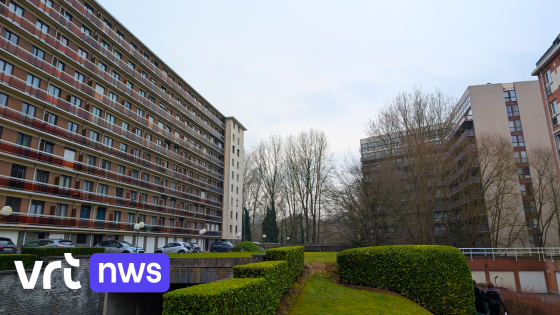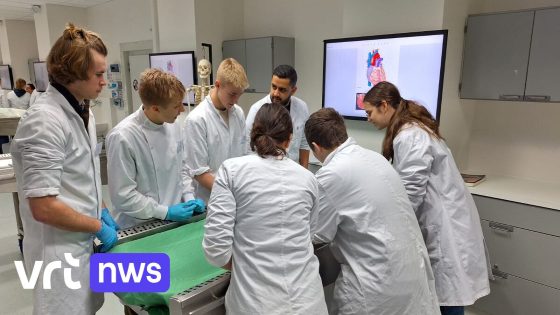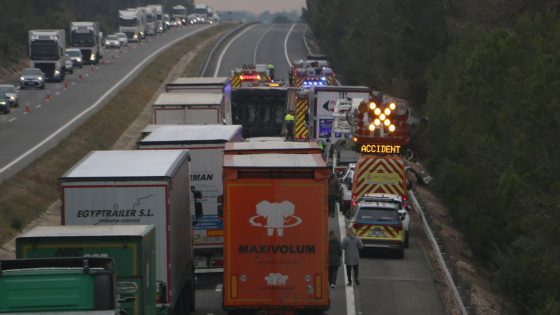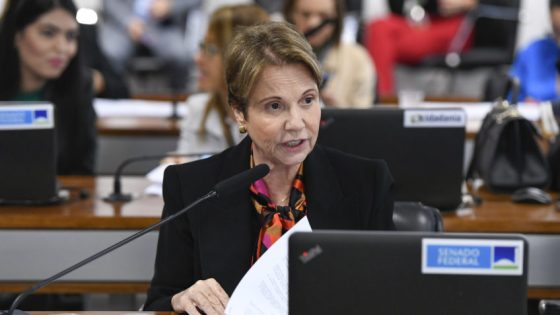In Brussels, a surge of violence has erupted as four shootings occurred in just three days, resulting in one death and one injury. The recent events highlight the ongoing drug war among criminal gangs in the city.
- Four shootings occurred in three days.
- One person killed, one injured.
- Drug war between criminal gangs reported.
- Shootings linked to drug-related settlements.
- Minister calls violence "totally unacceptable."
- Zero tolerance policy emphasized by officials.
On February 9, 2025, Brussels Prosecutor Julien Moinil confirmed that these incidents are linked to drug-related conflicts. New Interior Minister Bernard Quintin condemned the violence as “totally unacceptable” and emphasized a zero-tolerance approach toward crime.
Brussels Faces Rising Drug Violence: What’s Happening?
Why is Brussels experiencing such alarming gun violence? The city’s streets have recently become battlegrounds for rival gangs fighting over control of the lucrative drug trade. This situation poses serious concerns for public safety.
The Government’s Response to Gang Violence in Brussels
The Belgian government is taking steps to address this crisis. Minister Quintin has proposed deploying military personnel for surveillance tasks, allowing police forces to focus on combating gang activities more effectively.
The Impact of Drug Wars on Community Safety
The ongoing conflict between gangs significantly impacts local communities. Residents are left feeling unsafe as they witness increased violence around them. Here are some key points:
- The frequency of shootings has escalated dramatically.
- Civilians often find themselves caught in crossfire situations.
- The psychological toll on residents can lead to long-term trauma.
- Local businesses may suffer due to decreased foot traffic and fear among customers.
What Can Be Done? Strategies for Reducing Violence
Tackling this issue requires a multifaceted approach involving law enforcement, community engagement, and prevention strategies. Effective solutions might include:
- Enhanced police presence in high-risk areas.
- Community programs aimed at youth engagement and education about the dangers of drugs.
- Collaborations with social services to address underlying issues leading to gang involvement.
This situation calls for urgent action from both local authorities and community members alike. How can we work together to create safer neighborhoods?



